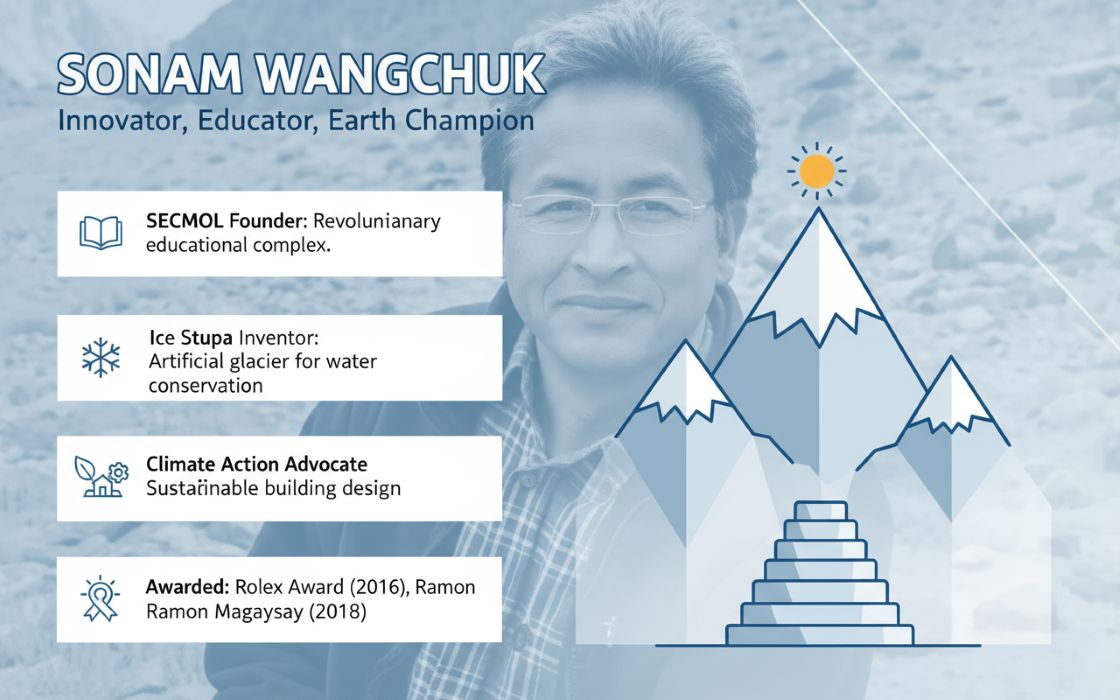Mumbai, July 21, 2025: As industries grapple with rapid digital transformation and global disruption, N Chandrasekaran, Chairman of Tata Sons, has called for a fundamental rethink of how organizations prepare for the future—placing Generative AI (GenAI) at the center of this shift.
In his annual note to shareholders, Chandrasekaran described GenAI as “the single most transformative force in 2024,” emphasizing that it represents “a civilizational shift, not just another tech cycle.” His remarks reflect a growing consensus among business leaders that GenAI is redefining value chains, operating models, and enterprise capabilities across sectors.
“Every industry stands to benefit from GenAI,” he wrote, pointing to its potential to revolutionize software development, marketing, customer experience, manufacturing, and research.
From large language models now embedded in enterprise workflows to AI agents assisting with everything from code generation to drug discovery, the speed of GenAI adoption has been unprecedented. Industry giants and emerging startups alike have raced to build customized GenAI platforms, while regulators have scrambled to define ethical boundaries and governance frameworks.
He articulates a future where human+AI collaboration becomes the default model, with AI agents working alongside people to drive efficiency, innovation, and scale. This vision goes beyond incremental automation to a paradigm where AI-led autonomy and agentic systems play central roles in how organizations function.
Chandrasekaran’s view is not limited to digital services. He connects GenAI’s rise to wider geopolitical and economic dynamics, including disrupted supply chains, energy transitions, and the growing need for resilience in a multipolar world. He stresses that technologies like GenAI must be integrated thoughtfully—paired with domain knowledge, localized insights, and sustainable infrastructure.
He also outlined a strategic roadmap for how organizations can respond:
- Build large pools of AI agents that complement the workforce
- Invest deliberately in AI-specific infrastructure such as data centers and cloud systems
- Cultivate deep collaborations with hardware manufacturers, innovators, and startups
- Transition software and enterprise processes into AI-native architectures
Chandrasekaran pointed to real-world applications—from accelerating drug discovery to modernizing legacy systems—as examples of GenAI’s far-reaching capabilities. But the broader message he offered was one of reimagination: of how organizations define productivity, scale, and purpose in a fast-evolving digital and geopolitical environment.
“To lead in this new world, we too must continuously evolve,” he observed.
Chandrasekaran’s comments come at a time when boardrooms globally are under pressure to harness GenAI responsibly. While hype often outpaces deployment, his framing of AI as a long-term shift—anchored in systemic change and purpose-driven leadership—offers a grounded and strategic view for decision-makers navigating uncertainty.
In many ways, the message is clear: GenAI is no longer optional. For enterprises and institutions alike, it marks the beginning of a new operating era—one that demands both boldness and balance. With its promise of productivity gains, structural redesign, and scientific acceleration, GenAI may well prove to be the most defining lever of this decade.



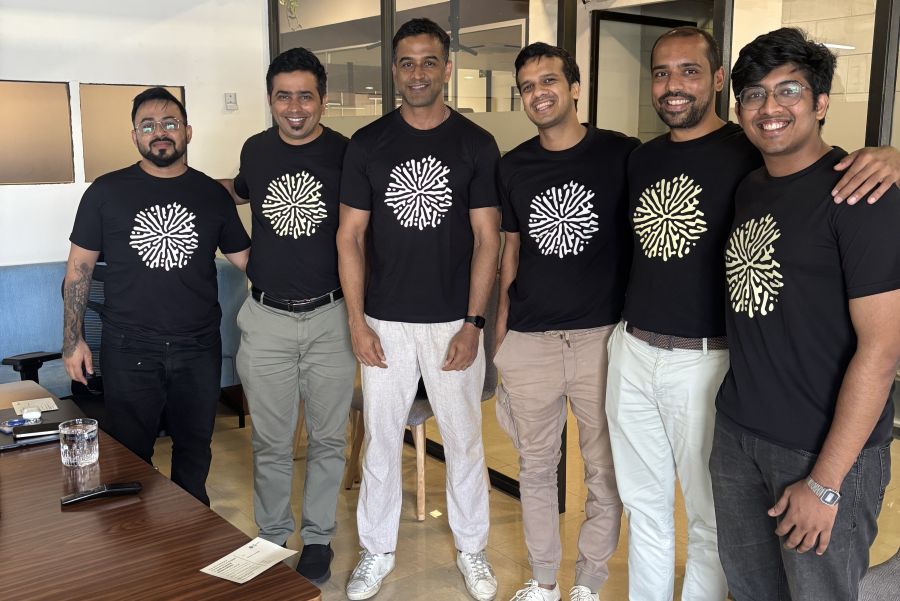

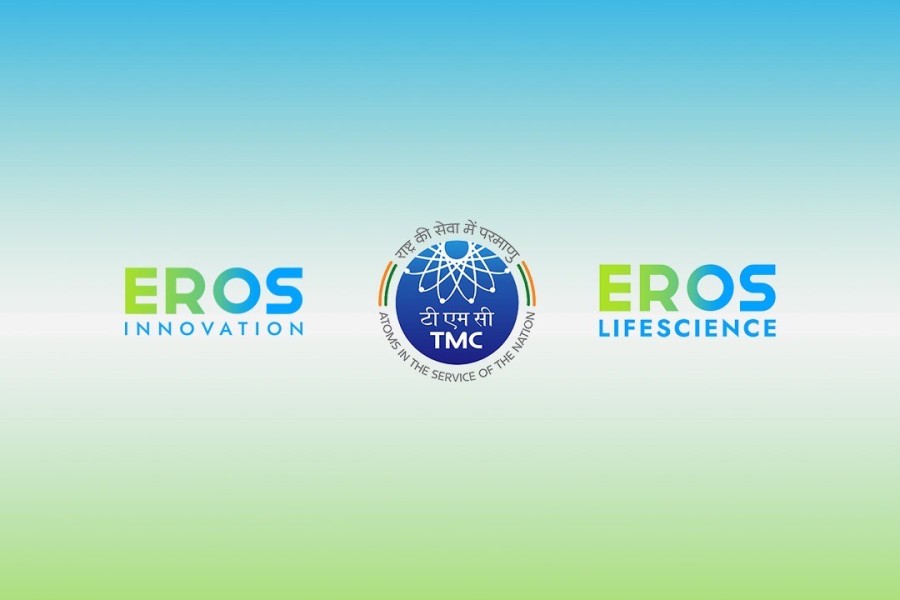
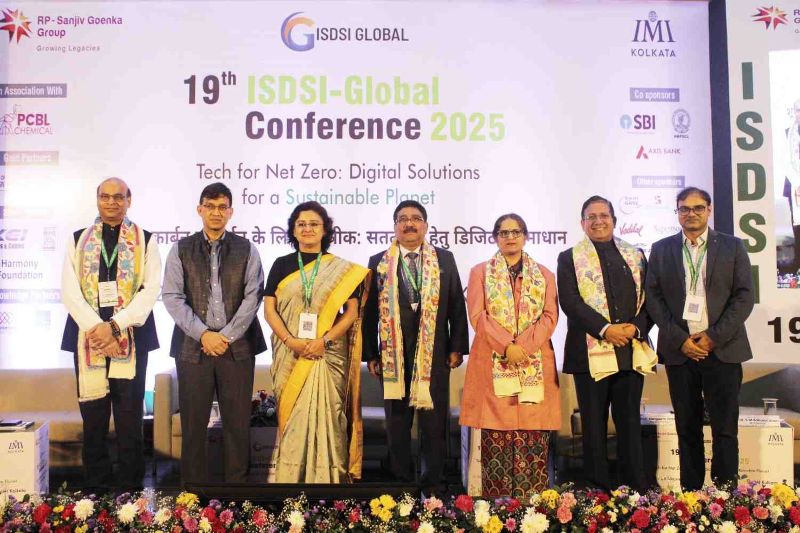
.jpg)





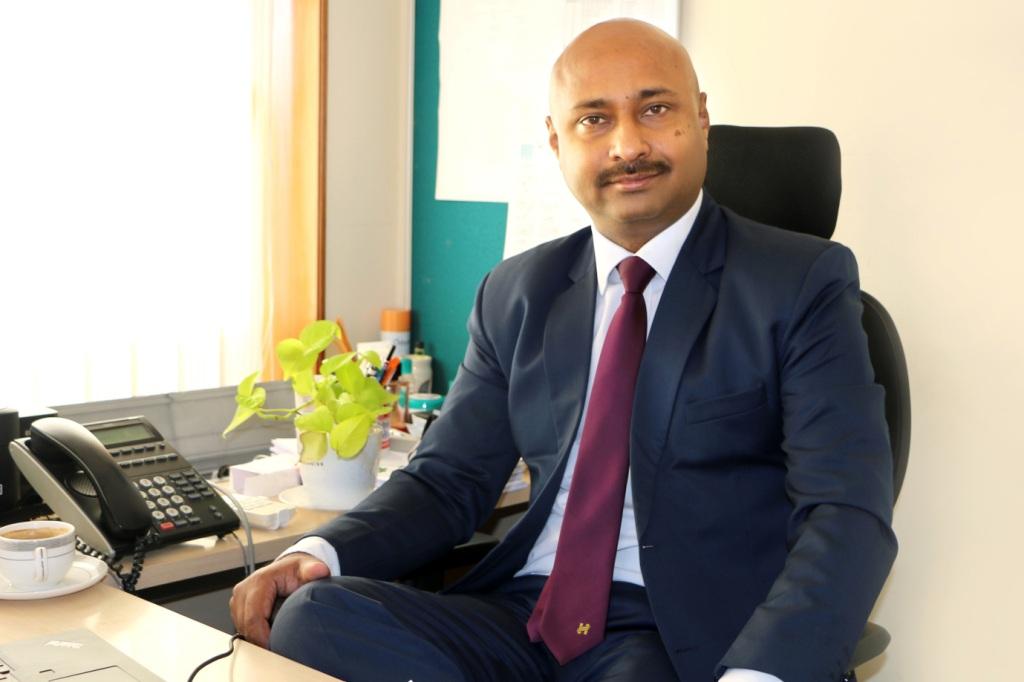
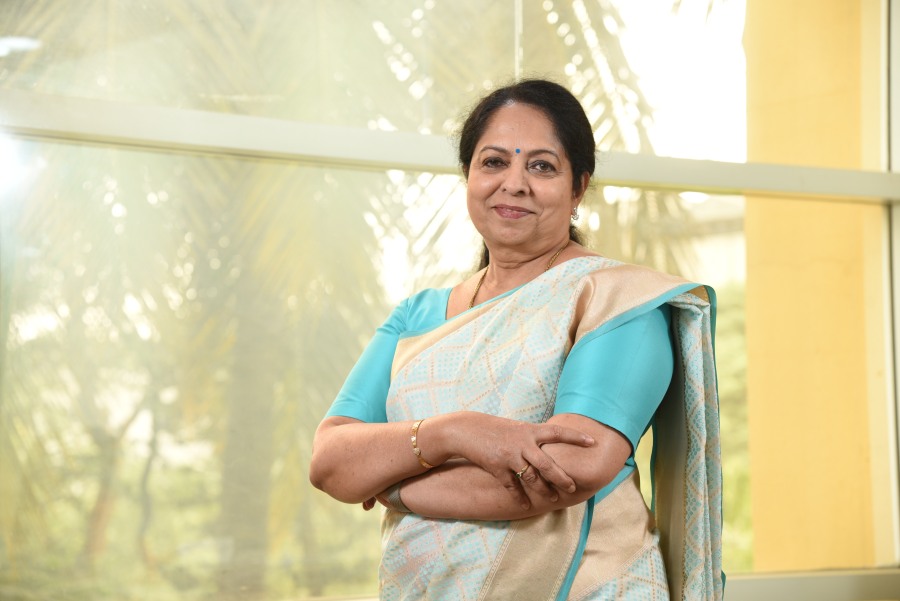
.jpg)

